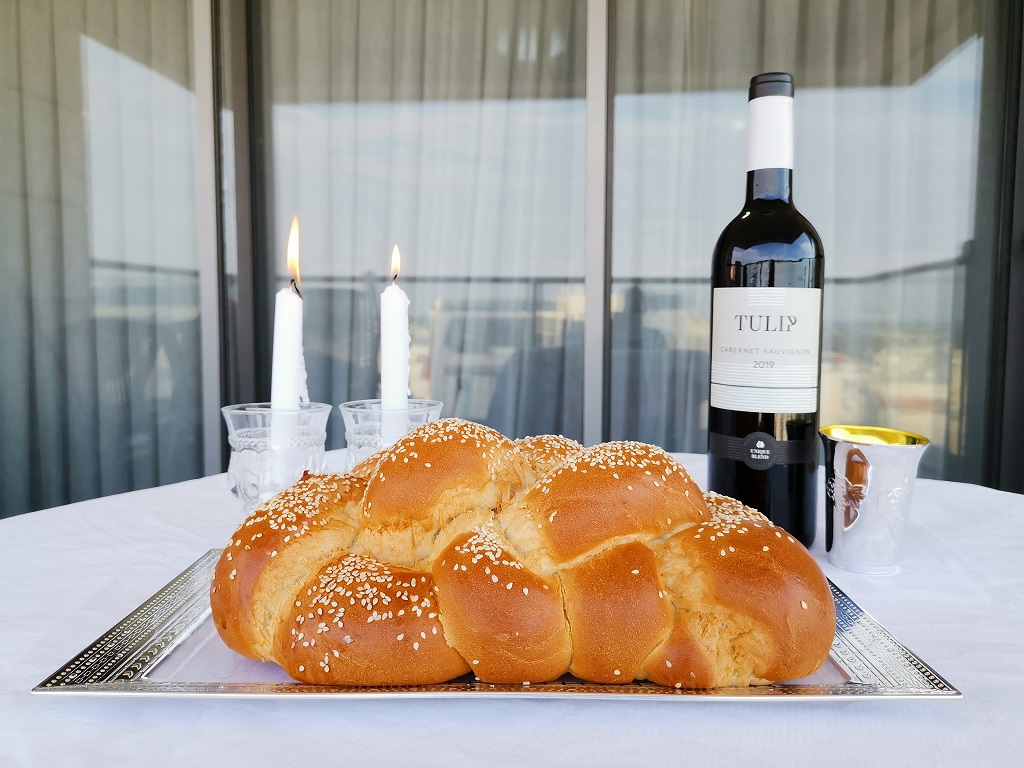What is the Sabbath?
Here you will find everything you need to know about this Jewish holiday (also known as Shabbat), its customs, its origins and how to celebrate it.
Let’s get started!
- What is Shabbat? What is the Sabbath?
- What does the Shabbat mean?
- What are the origins of the Sabbath?
- How do you celebrate the Sabbath? What are the rituals and traditions of the Sabbath?
What is Shabbat? What is the Sabbath?
The Sabbath is Judaism’s day of rest, and it is also the seventh day of the week.
Did you know that in Judaism, the day begins on sunset? So Sabbath actually begins at dusk on Friday evening and ends after sunset on Saturday evening.
What does the Shabbat mean?
For religiously observant Jews, Shabbat is every bit as important as any other holy day. This means that Shabbat observant Jews do not work nor travel on Shabbat, unless it is a matter of life and death (as life is the most valuable thing in Judaism).
The list of things prohibited to do on Sabbath is pretty long, and includes (among many other things) cooking, spending money, writing, and operating electrical devices.
Shabbat is a festive day, in which Jews exercise their freedom from the regular labours of everyday life. It also offers an opportunity to contemplate the spiritual aspects of life and to spend time with family.
So basically, the Sabbath has two main goals – rest and contemplate. You can say that it is like practicing mindfulness on a weekly basis, 4000 years before it caught on…
What are the origins of Shabbat?
The Sabbath is the first holy day mentioned in the Bible. It is so important that God was the first to observe it! On the seventh day, God observed the Sabbath with the cessation of Creation, as described in the book of Genesis 2, 1-3 where it says:
“And the heaven and the earth were finished, and all the host of them. 2 And on the seventh day God finished His work which He had made; and He rested on the seventh day from all His work which He had made. 3 And God blessed the seventh day, and hallowed it; because that in it He rested from all His work which God in creating had made”
And as if this wasn’t enough, the Sabbath also appears in the Ten Commandments given to Moses on Mount Sinai, after the Exodus from Egypt. The fourth commandment states: “Remember the Sabbath day, to keep it holy”.
How do you celebrate Shabbat? What are the rituals and traditions of the Sabbath?

Shabbat is ushered in (on Friday at dusk) by the woman of the house lighting candles and reciting a blessing.
Then, a festive meal begins with a prayer service welcoming the arrival of Shabbat. This prayer service is called Kabbalat Shabbat, which is Hebrew for welcoming the Sabbath.
Part of Kabbalat Shabbat are two blessings – over the wine and over the challah – in a service called Kiddush. Kiddush is Hebrew for sanctification – as it is used to sanctify the Shabbat.
After the Kiddush, a festive meal is (finally) served.
Singing is traditional at Sabbath meals.
About the challah – it is a special bread in Jewish cuisine. It is usually braided and typically eaten on ceremonial occasions such as Shabbat and major Jewish holidays.
It goes extremely well with Hummus and dishes with sauce (since then you soak a piece of challah in the sauce and enjoy a succulent bite)
Two more festive meals are eaten – a lunch meal on Saturday and another being held later in the afternoon. The lunch meal typically also begins with the blessing called Kiddush and another blessing recited over two loaves of challah. The third meal does not have Kiddush, but still has the two loaves of challah.
On Sabbath it is customary to wear nice clothing and refrain from unpleasant conversations or conversations concerning business and money.
It is also customary to read and pray. In fact, many Jews attend synagogue services on Shabbat even if they do not do so during the week.
Shabbat is closed on Saturday evening with a blessing called Havdalah (Hebrew for separation). This blessing marks the end of Sabbath and ushers in the new week.
So next time you meet a Jewish friend before Shabbat, greet them with the traditional “Shabbat Shalom” – have a peaceful Shabbat!

